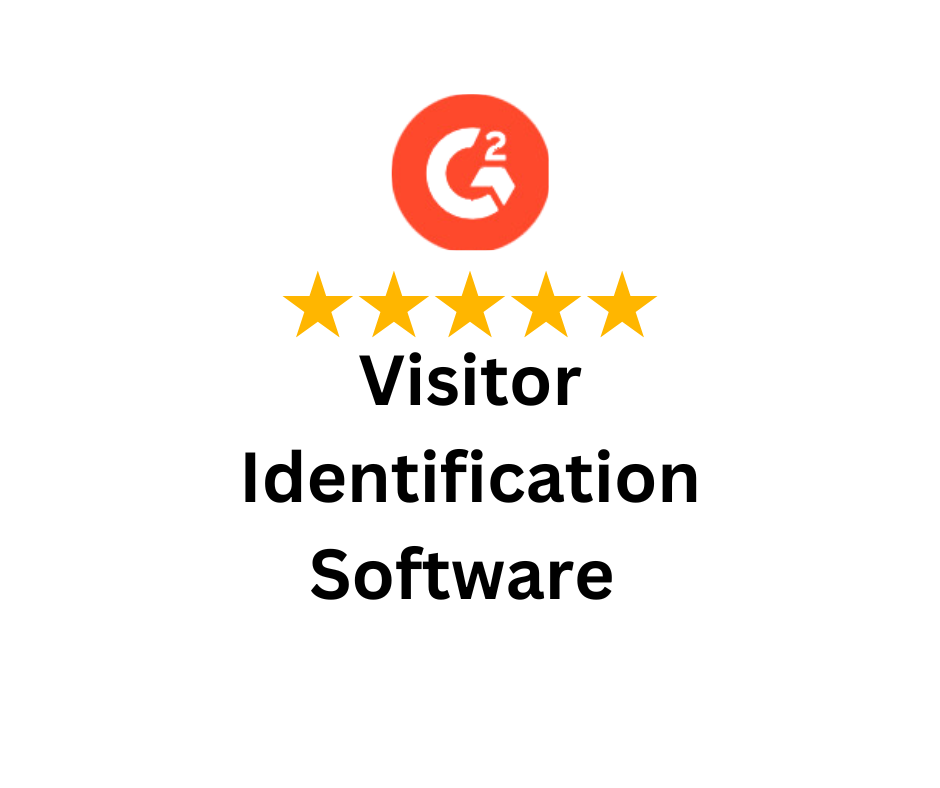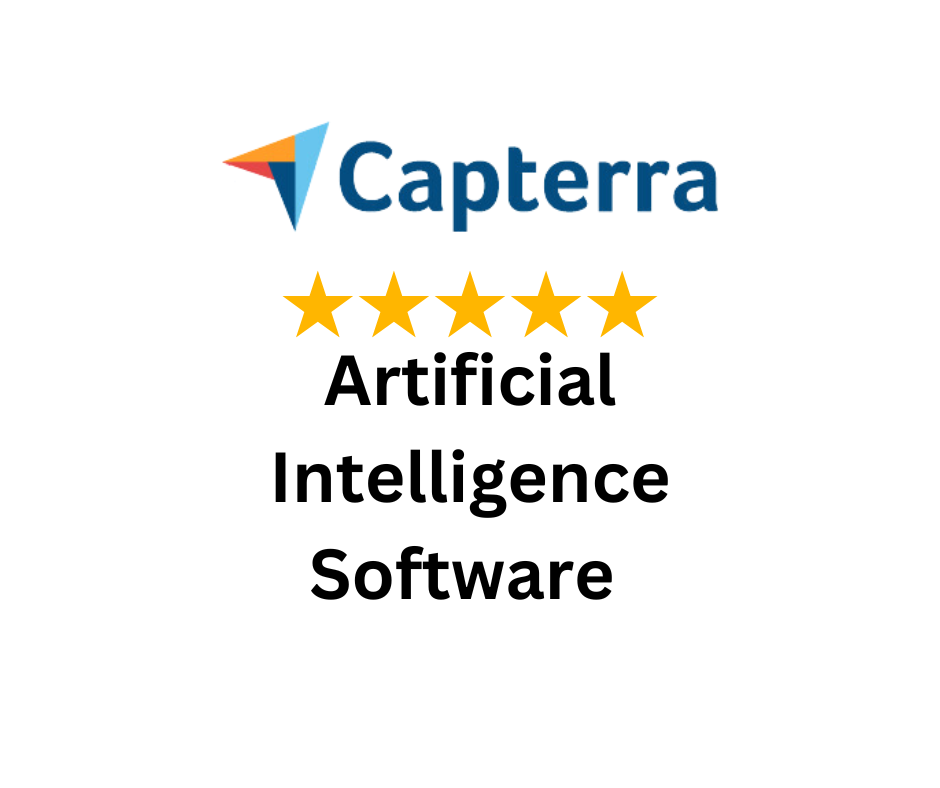In today’s competitive digital landscape, the B2B sales process in marketing demands precision, personalization, and strategic alignment.
Companies that master this process can drive high-value conversions, accelerate revenue, and establish long-term partnerships with their clients.
In this guide, we dive deep into every stage of the B2B sales process, highlighting techniques and tools that can transform prospects into loyal clients.
The B2B sales process is a multi-step, strategic journey that should begin with identifying potential business clients and ends with closing a deal. This often extends beyond post-sale relationship building.
Unlike B2C sales that’s comparatively shorter, B2B involves longer cycles, multiple stakeholders, and, unsurprisingly, larger contract values. Therefore, marketing plays a crucial role in enabling each phase by driving demand, nurturing leads, and aligning closely with sales teams.
Before launching into prospecting, we define our ideal customer profile (ICP). This includes demographic, firmographic, and behavioral attributes.
This is also called user segmentation and identification is based on:

Ads Optimization
Using data analytics, CRM insights, and customer feedback, we build a clear picture of which businesses are most likely to convert. Marketing teams use these insights to tailor campaigns that attract qualified prospects.
These are the best insights to help with ads optimization. Ideally, a reliable AI tool offered by a reliable company will be your best way to increase sales.
B2B marketing begins by generating leads through a mix of inbound and outbound strategies:
These activities are designed not just to create awareness, but to educate and move prospects into the next phase of the funnel.
One of the best inbound marketing approaches is using an AI chatbot that’s highly customizable so it answers your website visitors’ queries even when your workforce is temporarily not around. This ensures lead generation by requesting their information (like phone number, email, location, or more) and consistent interaction without breaks.

Here’s a reliable AI tool that not only offers a highly customizable chatbot (including appearance!), it also offers other features like heatmap that help you study user behavior to gain insights for better targeting.
Not all leads are ready for sales interaction. That’s why we deploy Marketing Qualified Lead (MQL) and Sales Qualified Lead (SQL) frameworks.
Our scoring systems consider:
Sales and marketing collaborate closely through account-based marketing (ABM) and intent data platforms to ensure only high-potential leads are passed forward.
With qualified leads in hand, the sales team initiates outreach using a multi-channel strategy:
Sales enablement tools help streamline this phase. Reps use real-time insights from CRMs like HubSpot or Salesforce, combined with marketing intelligence, to tailor pitches and establish credibility.
A strong discovery process is key. Sales professionals conduct in-depth needs assessments through:
Note: This step identifies the client’s business pain points, goals, budget constraints, and internal approval processes. It’s here that the alignment between marketing content and sales conversations becomes critical.
We deliver customized proposals based on the client’s challenges and desired outcomes. This often includes:
Marketing assists by preparing sales decks, datasheets, and pricing guides that reinforce key benefits and positively differentiate us from competitors.
Even well-targeted proposals face objections. These might revolve around price, implementation time, or internal resistance.
To handle this the best possible way, our approach includes:
Sales teams use collateral from marketing—like FAQs, explainer videos, or integration guides—to ease concerns and move negotiations forward.
Once concerns are addressed and approvals are secured, we move to closing.
This phase includes:
We ensure a seamless handoff from sales to onboarding or customer success, supported by marketing-led welcome kits and communication flows that reinforce value.
The B2B sales cycle doesn’t end at the signature. We strive for long-term relationships and invest through:
Note: Marketing plays a crucial post-sale role by nurturing accounts with educational content, surveys, product updates, and event invites.
We continuously track and optimize the B2B sales process using KPIs such as:
Sales and marketing analytics platforms, such as Tableau and HubSpot, allow us to identify bottlenecks and opportunities. A/B testing, campaign refinement, and feedback loops ensure ongoing improvement.
The success of a modern B2B sales process today demands full marketing and sales alignment. This can only be enabled by:
Together, sales and marketing co-own pipeline performance, ensuring messaging consistency and stronger ROI from prospect to purchase.
A high-performing B2B sales process in marketing doesn’t happen by chance. Instead, it’s the result of deep customer insight, consistent alignment between departments, and a relentless focus on value creation.
By optimizing every touchpoint—from first contact to post-sale engagement—CausalFunnel not only closes more deals but builds lasting client partnerships that fuel growth.
Empowering businesses to optimize their conversion funnels with AI-driven insights and automation. Turn traffic into sales with our advanced attribution platform.

